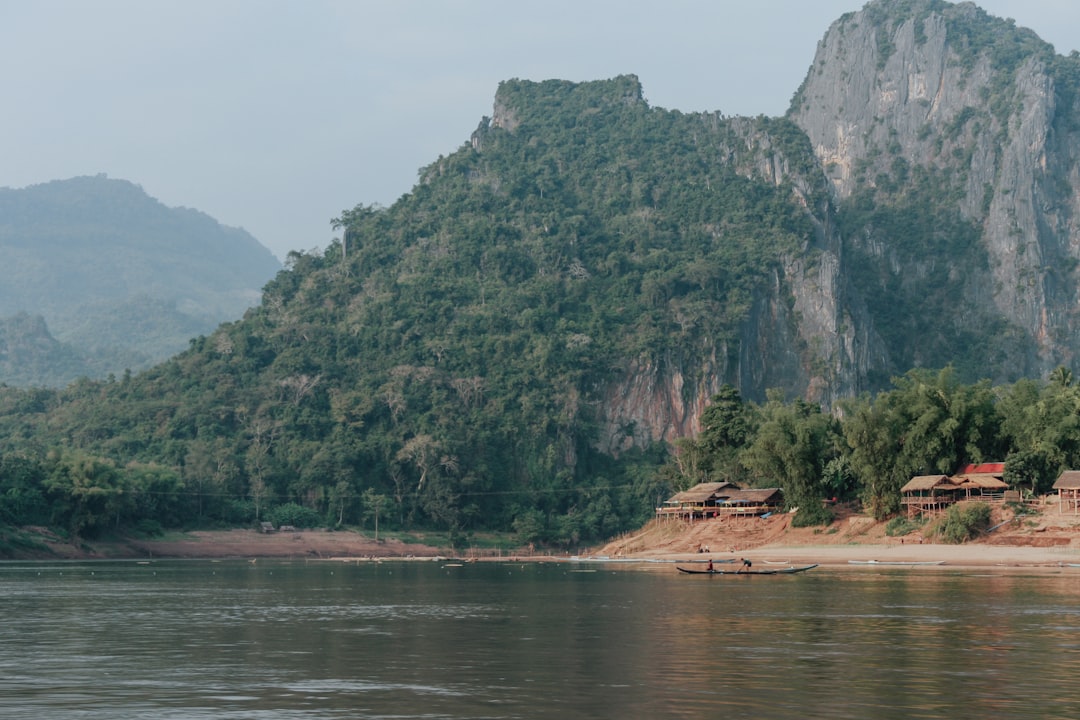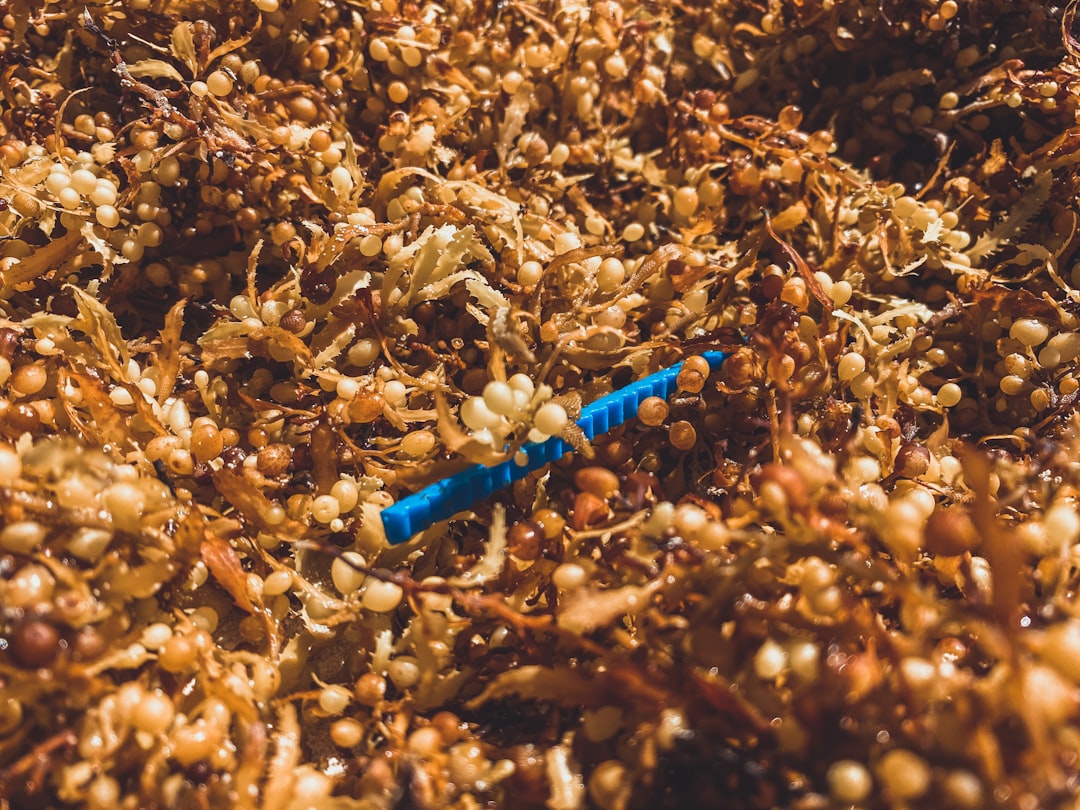What is it about?
Captive breeding can be seen as a pancea, but is expensive, can distract attention from vital in situ conservation and should always be seen as a last resort. We show the importance of first evaluating the likelihood of success before embarking on captive breeding. Success should not be defined solely by whether a population can be established in captivitiy, or whether individuals can one day be released back into the wild, but whether this strategy gives a better outcome than the alternative (not removing the founder individuals and instead leaving them to breed in the wild).
Featured Image
Why is it important?
We show that, in the case of Great Indian Bustard, it will be very difficult to successfully establish a captive population and even if this can be achieved, it is pointless without simultaneous in situ (habitat-based) conservation to ensure future releases back to the wild. We also show that if in situ conservation is achieved then captive breeding is less effective than leaving individuals in the wild - that would give more free living individuals decades from now than establishing a captive population.
Perspectives
Emphasises the importance of an objective and evidence-based approach, rather than basing strategies on unfounded assumptions.
Professor Paul M Dolman
University of East Anglia
Read the Original
This page is a summary of: Ark or park: the need to predict relative effectiveness ofex situandin situconservation before attempting captive breeding, Journal of Applied Ecology, June 2015, Wiley,
DOI: 10.1111/1365-2664.12449.
You can read the full text:
Contributors
The following have contributed to this page










